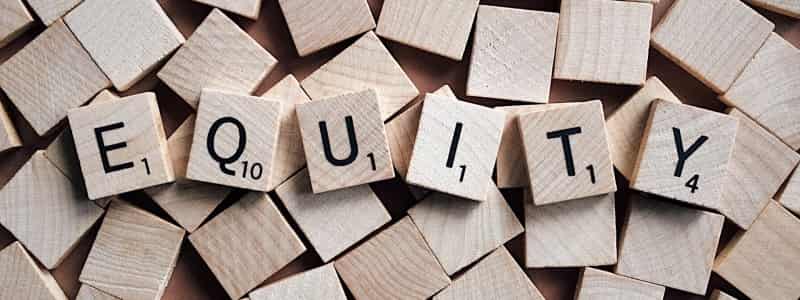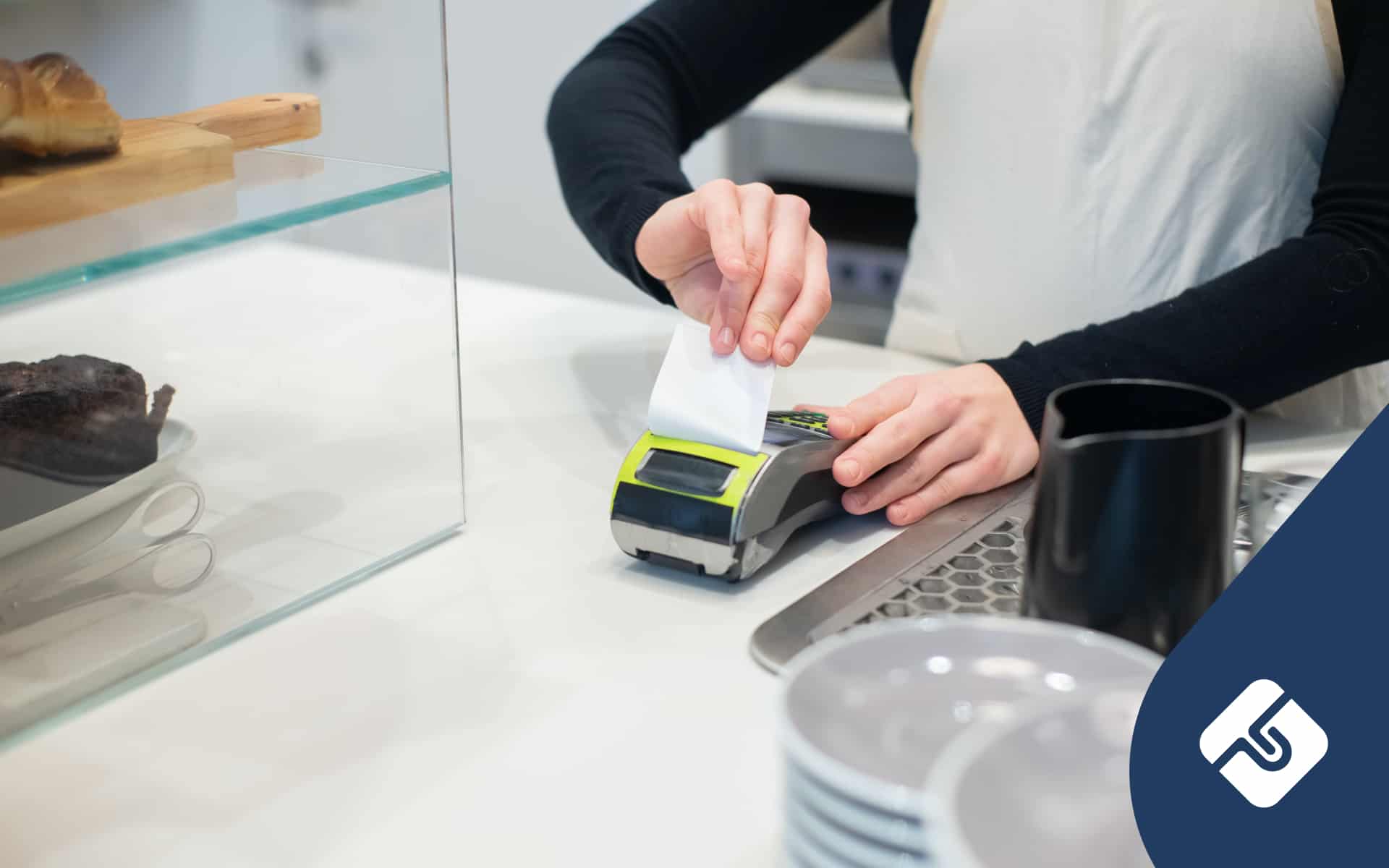To understand how the small business pool deduction (SBPD) rule works, you must first Have an understanding of depreciating assets. In general terms, the small business pool deduction rule is a strategy that small businesses can use to accelerate the depreciation. This allows tax benefits to be brought forward in a financial year.
In a quick summary, Depreciation is the decline in value of assets as they become older and incur wear and tear. This decline in value can be used to deduct tax. The ATO prescribes two methods called the prime cost method or diminishing value method.
After understanding what depreciation is, the SBPD rule small business pool allows eligible business owners to claim depreciation deductions on plant and equipment assets at an accelerated rate. The pool is simplified to allow you to claim back depreciation deductions a lot sooner.
In other words, small businesses can pool the higher costing business-use assets and claim:
- a 15% deduction in the year that you started using the asset or installed it ready to be used; and
- a 30% deduction each year after the first year.
When a business chooses to make use of the small business pool simplified depreciation rule, there are a few things you should know.
1. Eligibility
Generally, businesses with an annual turnover of less than $10 million can place depreciating assets that cost the same as or more than the current instant asset write-off threshold.
From 12 March 2020 until 30 December 2020, the instant asset write-off threshold was $150,000.
Since then, however, the Australian Government has further extended the Instant Asset Write-Off Scheme, which overrides all the previous thresholds. This means that businesses which turn over up to $5 billion can now immediately claim a depreciation deduction for the business portion of all depreciation assets, with no cost limit.
So, until June 2022, while the limitless instant asset write-off is in effect, the small business pool is only used for businesses with turnover over $5 billion per year.

Get a free legal document when you sign up to Lawpath
Sign up for one of our legal plans or get started for free today.
2. Calculating Your Small Business Pool
The ATO outlines five steps to calculate your small business pool events:
Step 1:
Work out your opening balance by multiplying the cost of each asset (its adjustable value) by the proportion of the asset that is used for business purposes (the taxable purpose proportion).
Example:
Kurt holds the following depreciating assets that he used for his small business in November 2019. All of them amount to less than the threshold and need to be added to his small business pool:
| A car with an adjustable value of $42,000, which he uses 65% of the time for business purposes | $42,000 x 65% = $27,300 |
| A small house which he uses as his office with an adjustable value of $30,750 which he solely uses for the business | $30,750 x 100% = $30,750 |
These assets are added to Kurt’s small business pool, with an opening balance of $101,300.
For each following year, the opening balance of the small business pool for the year will be the closing balance from the previous year.
Step 2:
You need to add any assets (new or second hand) that you acquired during the financial year as well as any additional costs spent on improving existing assets.
Example:
Kurt purchased a second car, for $38,000 for his employee to use. The car is solely used for business purposes so that the entire amount will get added to the pool.
Step 3:
If you sold an asset in your current year, you would need to reduce your pool balance by the money you received from selling the asset (the termination value).
If the asset is proportionally used for business and private purposes, the pool would have to be reduced by the termination value x the taxable purpose proportion.
Example:
Kurt didn’t dispose of any assets during the financial year.
For more information regarding the disposing of assets, you can read up on the ATO’s website.
Step 4:
You’ll calculate your deduction for existing assets (30%) and newly acquired assets (15%).
Example:
Kurt’s calculation will be as follows:
| Existing Assets | New Assets |
| Car: $27,300 x 30% = $8,190 | Car: $38,000 x 15% = $5,700 |
| Office: $30,750 x 30% = $9,225 | |
| Total: $17,415 | Total: $5,700 |
Step 5:
Lastly, you’ll calculate the closing pool balance for the year. The closing pool balance will take into account the assets you purchased or improved, the assets you disposed of and the deductions for the pool assets.
Example:
Kurt’s small business pool closing balance is calculated as follows:
| Opening Balance | $101,300 |
| plus the adjustable value of new assetsCar | + $38,000 |
| less the termination value of disposed assetsNone | – $0 |
| Subtotal | $139,300 |
| less the deductionsExisting Assets | – $17,415 |
| less the deductionsNew Assets | – $5,700 |
| Closing balance | = $116,185 |
Kurt’s opening balance for the next income year will be this year’s closing pool balance ($116,185).
3. When The Small Business Pool Is Less Than The Threshold
Businesses who take advantage of the small business pool rule can deduct the entire balance of the pool at the end of the income year if the balance (before applying the depreciation deductions) is less than the instant asset write-off threshold.
Example:
Zoe opened a mobile hair salon in 2020. She purchased a small caravan on 2 January 2020 for $52,000.
After doing some slight alterations in the caravan, her mobile salon was ready to use by 15 January 2020. In addition to her caravan, she purchased several higher-priced assets which she allocated to a small business pool, including her basins and other hair equipment tools.
At the end of the 2019 – 20 financial year, her small business pool totalled to $90,000.
Given that, at the time the instant asset write-off threshold for the financial year was $150,000, Zoe could deduct the entire balance of her small business pool.
4. The Backing Business Investment Incentive
To support business investment and economic growth during the COVID-19 pandemic, the ATO also introduced the BBI Incentive.
The incentive, available from 12 March 2020 to 30 June 2021, allows for accelerated depreciation deductions for businesses with an annual aggregated turnover below $500 million with new (first-held) depreciating assets.
Businesses using the small business depreciation rules can claim 57.5% of the asset’s total cost in the first year of its use. It can then be added to the general small business pool in which the depreciation deduction will be calculated at 30% for the following years.




